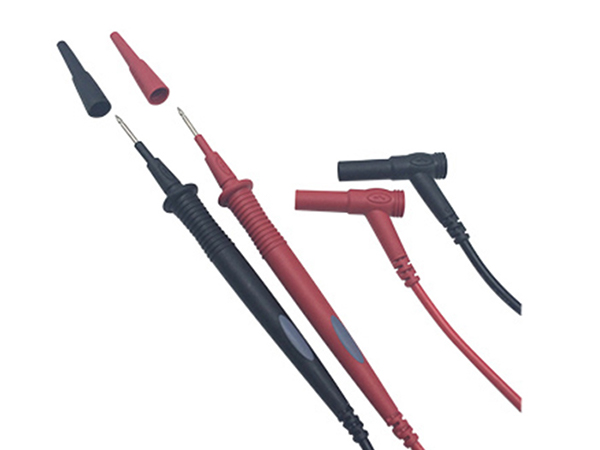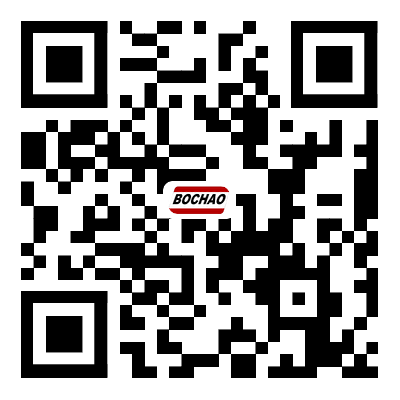
Turn the range switch to the appropriate range of DCV (DC) or ACV (AC) as needed, insert the red probe into the V/Ω hole, and the black probe into the COM hole. Connect the probe in parallel with the measured circuit, and the reading will be displayed.
2. Measurement of AC and DC current:Turn the range switch to the appropriate range of DCA (direct current) or ACA (alternating current), insert the red probe into the mA hole (<200mA) or 10A hole (>200mA), insert the black probe into the COM hole, and connect the multimeter in series in the circuit under test. When measuring direct flow, the digital multimeter can automatically display polarity.
3. Measurement of resistance:Turn the range switch to the appropriate range of Ω, insert the red probe into the V/Ω hole, and the black probe into the COM hole. If the measured resistance value exceeds the maximum value of the selected range, the multimeter will display 1, and a higher range should be selected. When measuring resistance, the red lead is the positive electrode and the black lead is the negative electrode, which is the opposite of a pointer multimeter. Therefore, when measuring polar components such as transistors and electrolytic capacitor, attention must be paid to the polarity of the probe.
Room 301, Building 2, No. 2 Huangyong Industrial Road, Zhongtang Town, Dongguan City, Guangdong Province
